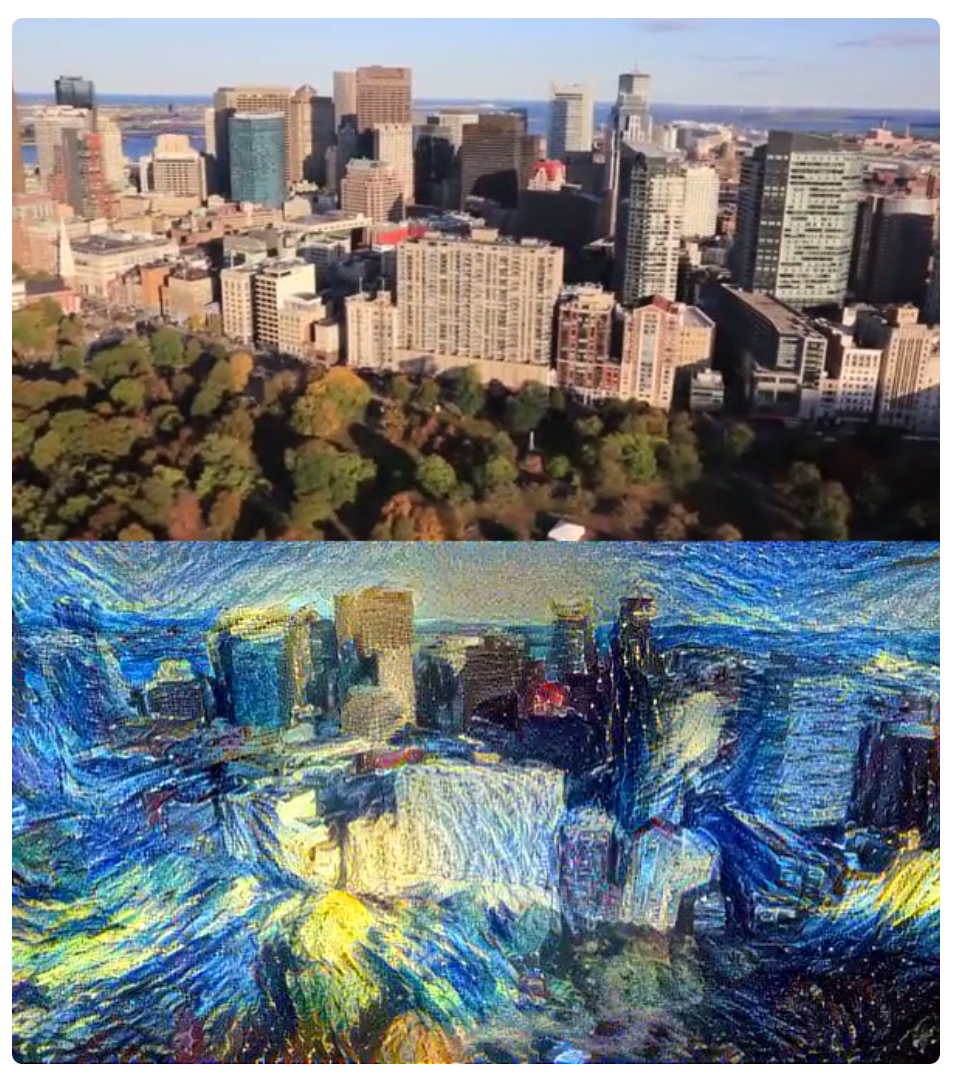Data science: an elusive concept? (Not really)
Predictive analytics, deep learning, big data: they’re all buzzwords that surround this term we’ve settled on called data science. Data science has been called the crossroads of traditional computer science, statistics, and computer programming. To me, data science too often gets funneled into a simple application of a machine learning technique for binary classification purposes. If that means nothing to you, it just means classifying objects as a 0 (negative response) or 1 (positive response). That said, binary classification tasks are a huge facet of predictive modeling! Data science can encompass everything from a simple linear regression model, to computer vision, linguistic analysis, database structure, and even Van Gogh:

Yes, art is quantifiable according to convolutional neural networks.
Overall, data science is exactly what it sounds like - experimenting and trying to draw conclusions from datasets. While there are hundreds, if not thousands of different specific fields contained within data science such as regression modeling, predictive modeling, high-performance computing cluster management, neural nets (don’t get me started on neural nets), I guarantee that there is a huge body of literature and guides for the flavor of data science you’re interested in. My goals for the aspiring data scientist - have fun, be creative, experiment, and try to learn Git! Data scientists these days (data science as we know it really emerged hundreds of years ago with the rise of amateur actuaries) all will mostly have a foundation in R and/or Python, basic statistical/probability knowledge, and from there they will try to specialize in particular fields most interesting or useful to them.